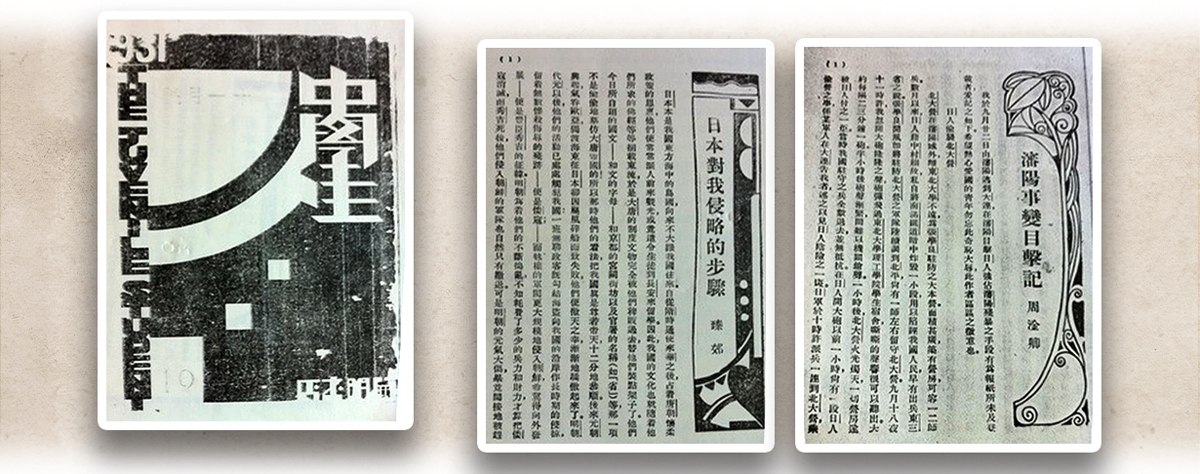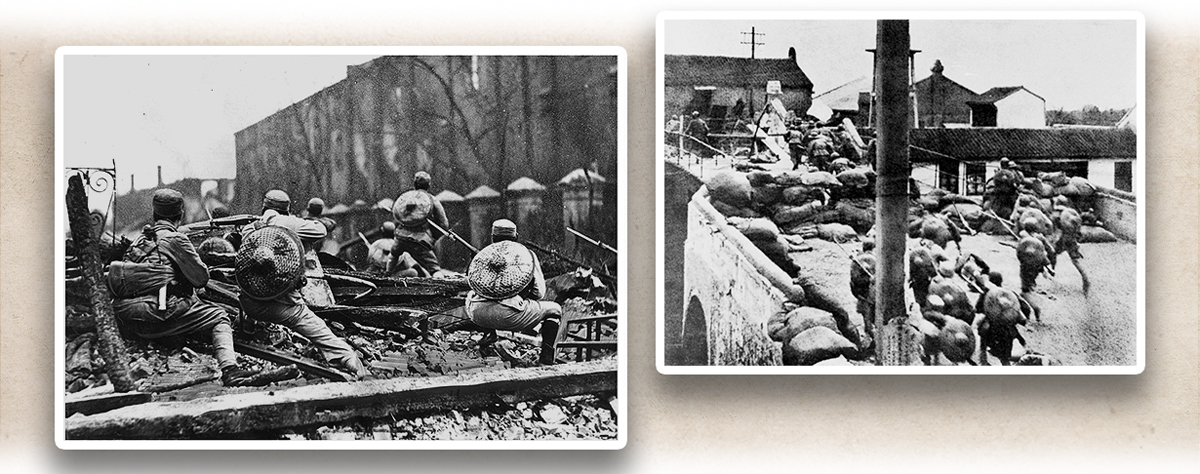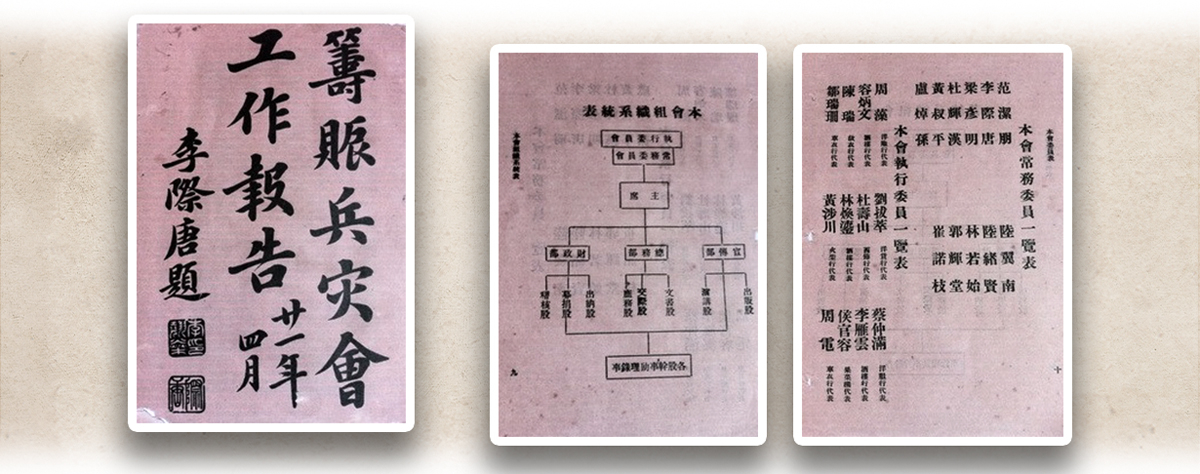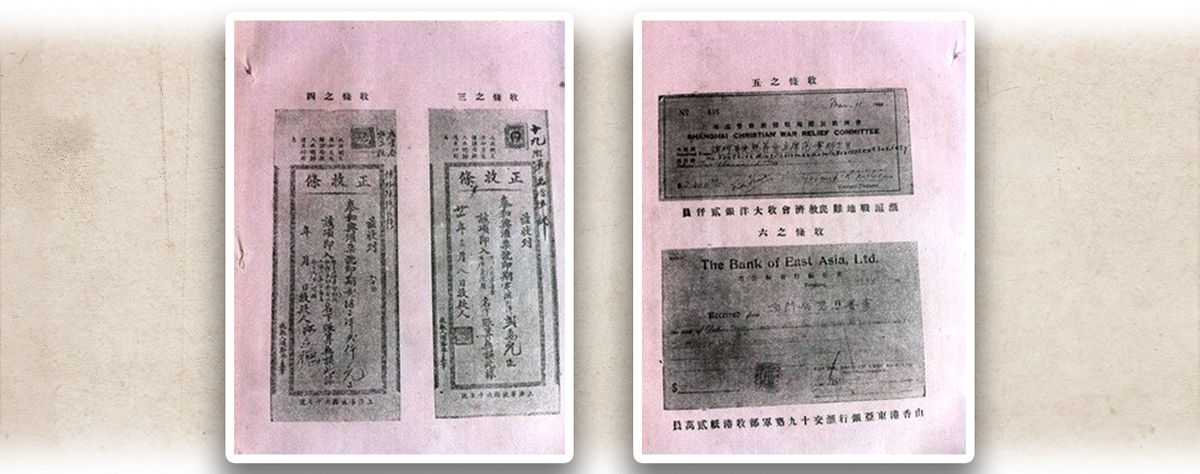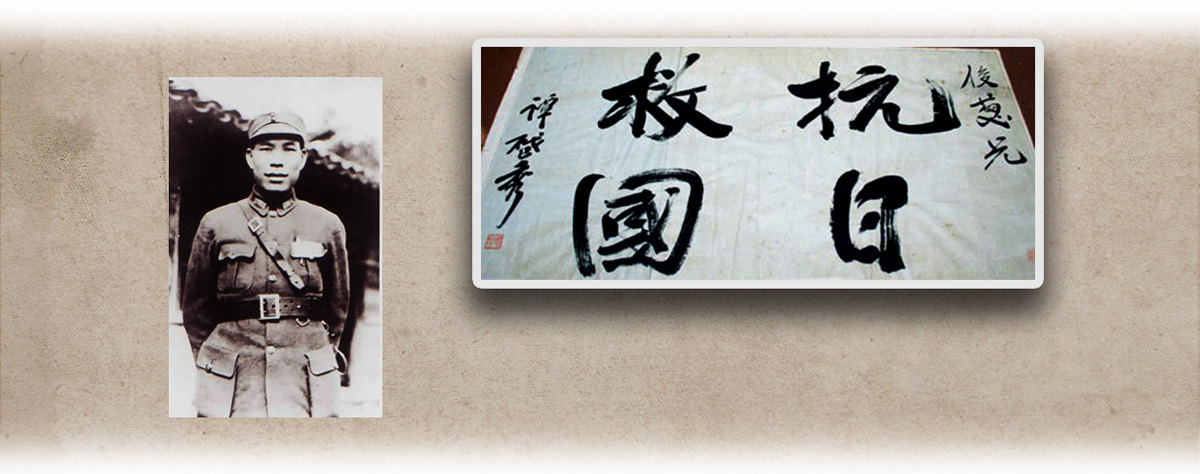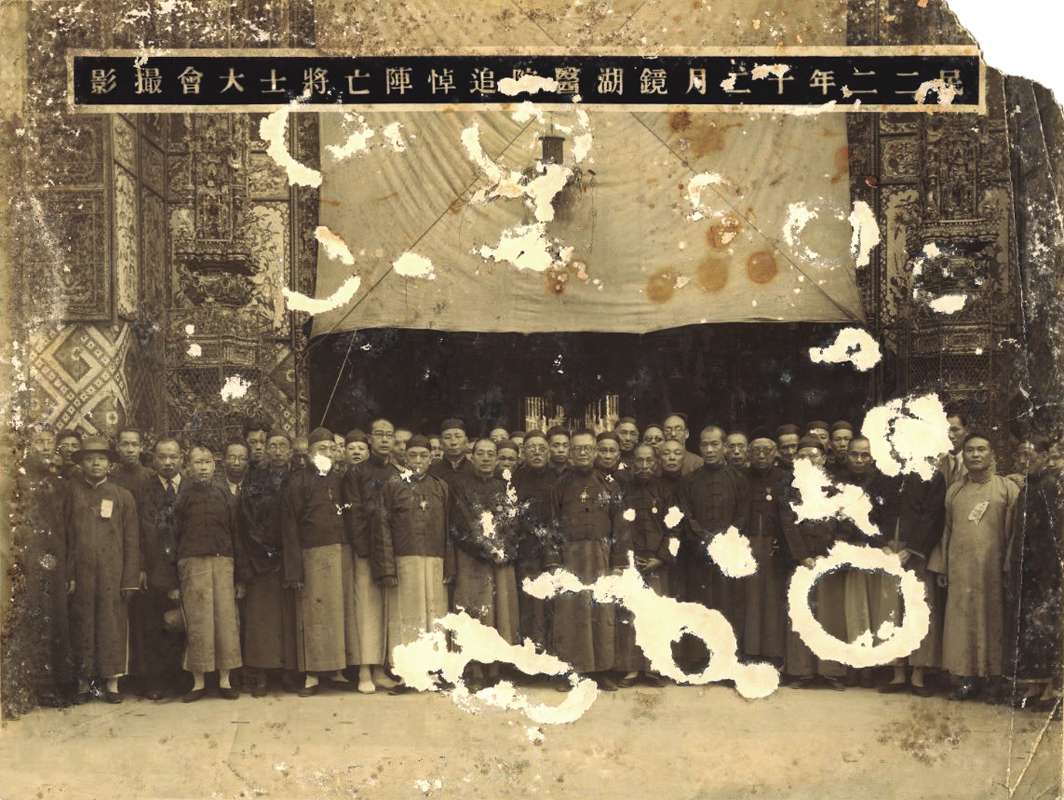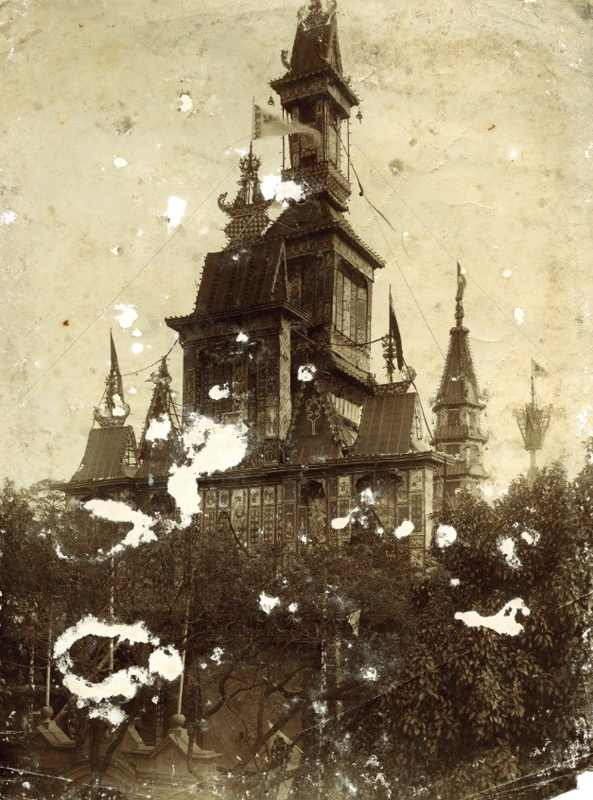Japan launched the September 18th Incident in 1931 to invade Northeast China, staggering the whole nation, including Macao (Macau) in the far south. Two months later, a charitable society for the war effort in Northeast China against Japanese aggression was jointly established in Macao by Kiang Wu Hospital, the charitable group Tung Sin Tong Charitable Society, Macao Chamber of Commerce, and the Chinese Educators Association of Macau to gather donations from the Macao public. The charity was renamed the “Charitable Society for War Relief” after the January 28th Incident in 1932 and raised funds for the 19th Route Army in Shanghai (上海). The Macao public were enthusiastic about donation during the waves of national salvation, some even donated their salaries to support the war effort. Apart from donations, some Macao people even left for Shanghai to enlist. Macao’s active national salvation started way before the outbreak of the Total War of Resistance Against Japanese Aggression broke out in 1937.
|
|
What role did the Macao people play in the War of Resistance after the September 18th Incident? |
|
|
See answer below. |
Japan launched the September 18th Incident in 1931 to invade Northeast China. All of the three provinces in Northeast China fell under Japanese control by the end of the same year.
The war of anti-Japanese aggression in Northeast China received wide coverage and large donations in Macao. The photos show the 1931 October issue Secondary School Student magazine’s cover (left) and articles on the September 18th Incident (middle and right) in Macao.
Japan’s violent attack on Shanghai in the January 28th Incident in 1932 further fuelled the Macao public’s indignation. The photos show the 19th Route Army of the National Revolutionary Army defending Shanghai.
The Macao Overseas Chinese Charitable Society for War Relief was a civil organisation in Macao supporting the Chinese army. This is a group photo of its members and staff taken on 3 April 1932. (Provided by Kiang Wu Hospital Charitable Association, cited from “Macau Memory”, Macao Foundation)
A work report released by the Charitable Society for War Relief in April 1932. The photos show the cover of the report (left) and details on the Society’s organisation structure (middle), standing committee, and executive committee (right).
Also in the work report were receipts of donations made by the Macao people.
On the left was Tan Qixiu (譚啟秀), the Commander of 78th division of the 19th Route Army. Tan fought in Shanghai and led the successful defence of the strategic point of Wusong (吳淞). The calligraphy on the right was his work, reading “resist Japan, save the nation”. He visited Macao and was received by the Director of Macao Chamber of Commerce Fan Kit-pan on 8 April 1932. A welcome assembly for Tan was held the next day at Wanzai School where over 10,000 people participated. Tan shared the battle in Shanghai and expressed gratitude to the Macao people on behalf of the 19th Route Army.
A memorial was held at Kiang Wu Hospital in 1933 to commemorate the fallen soldiers. (Provided by Kiang Wu Hospital Charitable Association, cited from “Macau Memory”, Macao Foundation)
A gateway built by Kiang Wu Hospital dedicated to the fallen soldiers. (Provided by Kiang Wu Hospital Charitable Association, cited from “Macau Memory”, Macao Foundation)
Seeing their motherland in peril, many Macao people left for the mainland to enlist. Li Fuk-ng, a kung fu instructor from a famous lion dance troupe called “Si San Kit Yee Se” was one of them. After the September 18th Incident, Li joined the 19th Route Army using the pseudonym Li Da (李達). He served as an instructor in the 6th regiment of the 122nd brigade of the 61st division and defensed Shanghai in the January 28th Incident. Unfortunately, he died of illness during the march. The photo shows the former site of Si San Kit Yee Se.
|
|
What role did the Macao people play in the War of Resistance after the September 18th Incident? |
|
|
Many schools in Macao held meetings to tell students what happened the day after the September 18th Incident. When the Macao Overseas Chinese Charitable Society for War Relief in Northeast China was founded, companies, shops, and groups in Macao donated to support the Chinese army. Employees of Hou Heng Company, a leading entertainment company in Macao, contributed half of their monthly salaries to support the war. The donations from Macao for supporting the Chinese resistance after the January 28th Incident even reached 20,000 silver dollars. The 19th Route Army’s Commander-in-chief Jiang Guangnai (蔣光鼐) and the Army Commander Cai Tingkai (蔡廷鍇) later telegraphed a thank you message to Macao. |
Photo courtesy of Mr. Alex Lou, Vice Chairman of The Heritage Society (picture 10), Macao Foundation (pictures 4, 8, and 9), Fotoe (pictures 1 and 3), and misc. photo sources.






